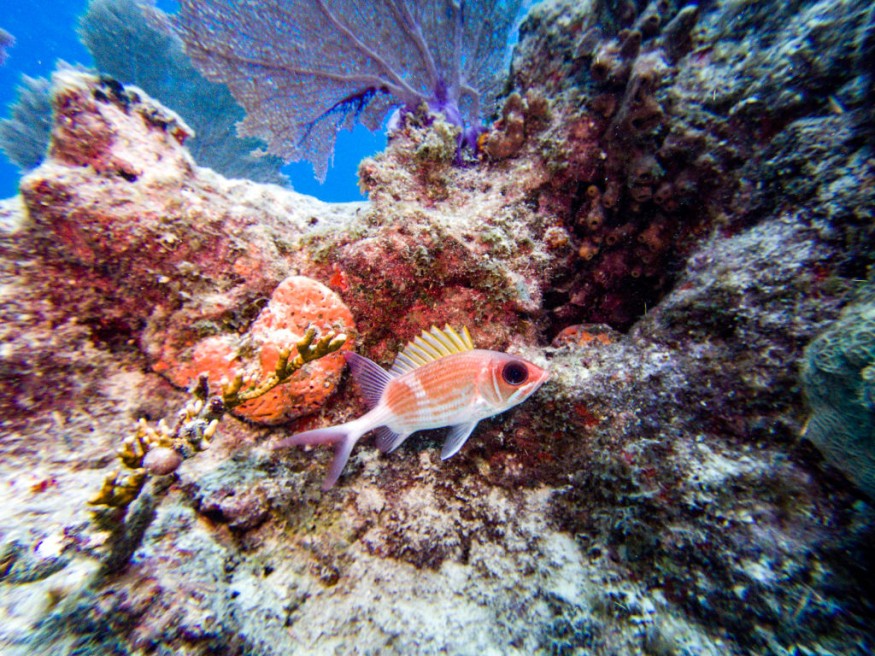
Endangered coral species' reproductive methods and life cycle have been mapped out by experts, raising the possibility that it can be saved from extinction.
Researchers are hopeful that the findings of a study titled "A glimmer of hope for an Endangered temperate soft coral: the first observations of reproductive strategies and early life cycle of Dendronephthya australis," which was just published in the journal Marine Biology, will help to secure the species' future.
Dendronephthya australis, a purple cauliflower soft coral, is only found in South Eastern Australia, with the Port Stephens estuary in New South Wales historically housing the biggest concentrations.
It is one of the 100 priority species of the Federal Government's Threatened Species Strategy.
Sexual behavior of corals
Corals' sexual behavior can be complex, varying sometimes even within the same genus and between different species.
Reproduction can occur in a sexual or a nonsexual way. Parents can be hermaphrodites, heterosexual couples, or both.
The reproductive methods of Dendronephthya australis had not previously been observed or recorded.
Dendronephthya australis was studied in a lab setting in aquaria using a variety of techniques by Meryl Larkin, the lead researcher and a Ph.D. candidate at Southern Cross University.
While working in the lab at the Port Stephens Fisheries Institute, scientist made a number of discoveries crucial to the survival of the species while working in the lab at the Port Stephens Fisheries Institute, including the first observation of eggs and sperm among coral fragments from the several colonies, proving that colonies are either male or female.
After learning when female corals spawn, she developed IVF techniques to create larvae and, with help from coral scientists at the Australian Institute of Marine Science, was able to achieve larval settlement in a laboratory setting.
Larkin was the first individual to see the single-polyp stage of young corals for the species as a result of this method.
After being successfully reintroduced into the environment, the lab-created coral offspring have been developing well.
"This was a major step forward in the prospect of recovery by the species, because from just a few remaining colonies, we were able to produce hundreds of new individual corals," Larkin said.
New doors for conservation
Larkin believes that the report represented a welcome change from her past research, which demonstrated how severely sediment shifts and La Nia flood events had destroyed the species.
"Our discoveries open new doors for conservation strategies, including potential restoration efforts," she said. "It has given us real hope we can keep this coral off the extinction list."
Understanding a species' dynamics, particularly in relation to reproduction and the early life stages, is essential, especially for marine invertebrates.
Theses stages aids in the identification of hazards and extinction concerns because they are crucial for the creation and expansion of populations.
She stated that the results emphasize the need for additional study on the reproductive mechanisms of vulnerable species.
Related Article : Light Pollution Threatens Success Of Coral Spawning, Say Researchers
Related Video:
© 2025 NatureWorldNews.com All rights reserved. Do not reproduce without permission.





